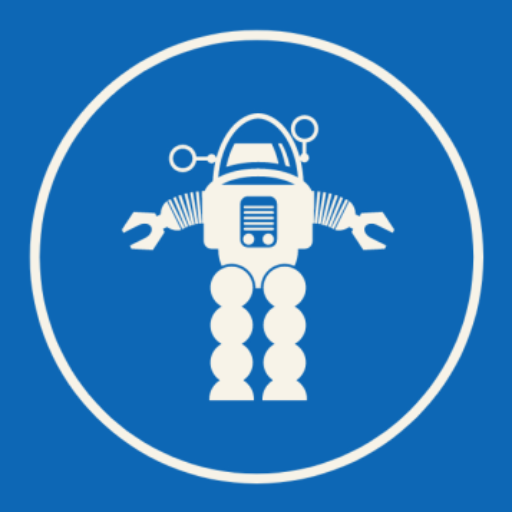Latest from Google AI – Performer-MPC: Navigation via real-time, on-robot transformers
Posted by Krzysztof Choromanski, Staff Research Scientist, Robotics at Google, and Xuesu Xiao, Visiting Researcher, George Mason University Despite decades of research, we don’t see many mobile robots roaming our homes, offices, and streets. Real-world robot navigation in human-centric environments remains an unsolved problem. These challenging situations require safe and efficient navigation through tight spaces,…
